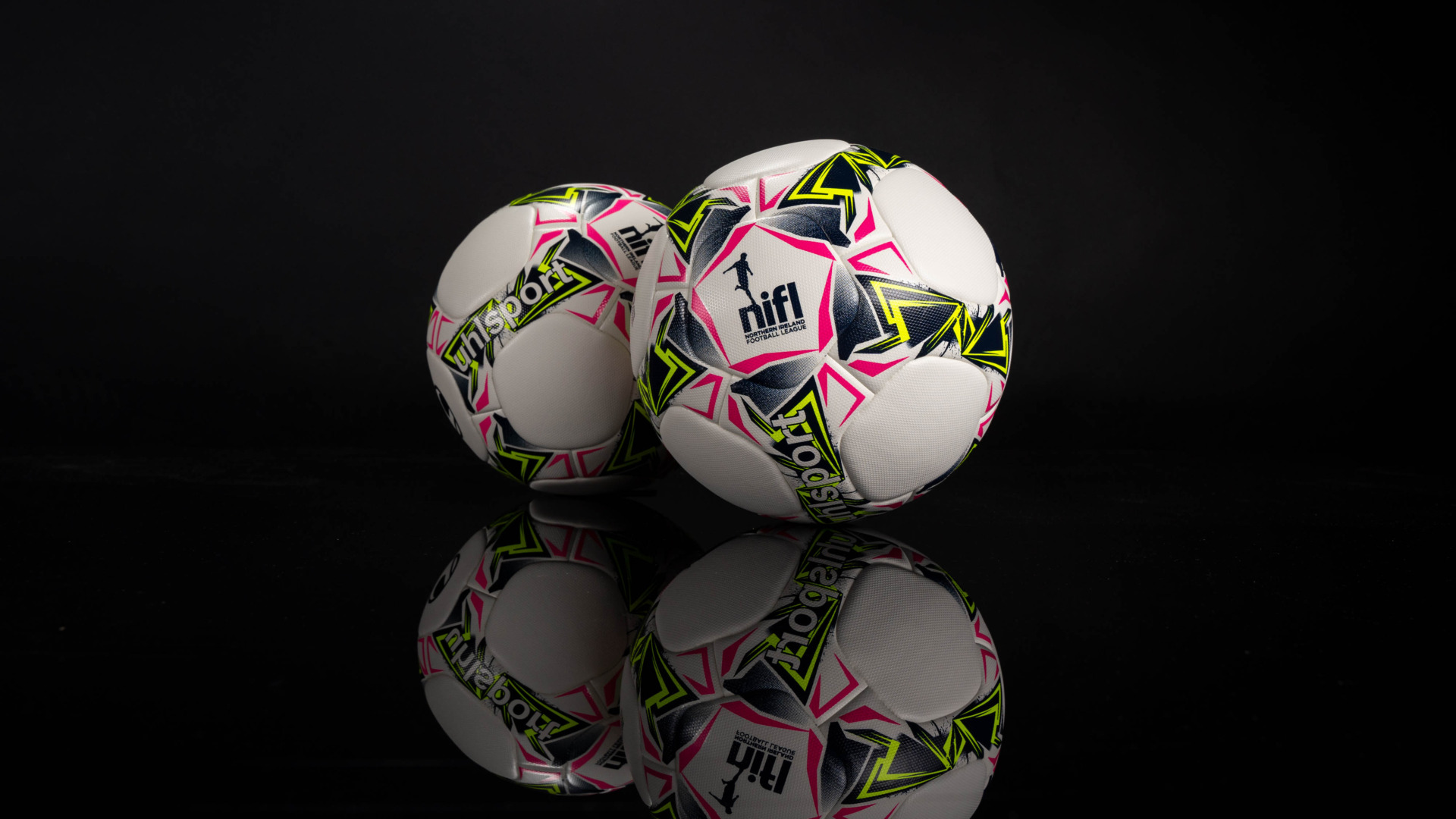Properly Inflating a Soccer Ball: The Optimal Pressure for You!
The right ball pressure is crucial for an optimal playing experience. A well-inflated soccer ball provides better control, more accurate shots, and reduces the risk of injury. But how do you properly inflate a soccer ball, and how can you avoid mistakes? Here’s everything you need to know.
Find the perfect air pressure for your ball HERE!
Why the Right Ball Pressure is So Important
A ball that’s too soft feels spongy, bounces unpredictably, and is difficult to control. On the other hand, a ball that’s too hard can lead to injuries and negatively affect the playing experience. The correct pressure ensures a better gameplay experience while also protecting the players.
What is the Optimal Pressure?
According to FIFA, a soccer ball should have a pressure of 0.6 to 1.1 bar. This value is often indicated on the ball near the valve. With this pressure, the ball bounces evenly and is ideal for control and performance.
Soccer Ball Inflation Guide: How to Properly Inflate a Soccer Ball
1. Prepare the Pump and Pressure Gauge
To inflate the ball, you’ll need a ball pump with a needle. Many pumps come with an integrated pressure gauge, which measures the air pressure as you pump. If your pump doesn’t have a gauge, use a separate device to check the pressure. This helps you avoid over- or under-inflating the ball and ensures the optimal hardness.
2. Moisten the Needle
Before inserting the needle into the valve of the soccer ball, lightly moisten it. This makes insertion easier and prevents damage to the valve.
A damaged valve can cause the ball to lose air quickly, meaning you’ll need to inflate it more frequently. Use water or even a bit of saliva for this, but avoid lubricants like oil that can harm the valve.
3. Inflate the Ball (Slowly)
Inflate the ball slowly and evenly to ensure the air is distributed evenly inside the ball. Pumping too quickly may result in uneven inflation, affecting the ball’s performance during play. Periodically check the air pressure, especially if you’re not using a gauge, by gently pressing the ball to see if it has reached the desired firmness.
4. Measure the Pressure
Using a pressure gauge, ensure that the pressure is between 0.6 and 1.1 bar, the recommended range for a properly inflated soccer ball.
How Often Should You Inflate a Soccer Ball?
Soccer balls lose air over time, so it’s important to regularly check the pressure, especially before games or training sessions. Depending on the ball’s quality, this may need to be done every two to three weeks.
Common Mistakes When Inflating a Ball
Overinflation: A ball that’s too inflated becomes too hard, negatively impacting feel and control during play.
Not Moistening the Needle: Inserting the needle without moistening it can damage the valve, leading to air loss.
Incorrect Pumping Technique: Pumping too quickly can result in uneven inflation. Always pump slowly and steadily to ensure even air distribution.
FAQs
How do I check the pressure without a gauge?
Press the ball with your hands. It should give slightly but still feel firm. Alternatively, drop the ball from hip height – it should bounce back about 50-70% of the drop height.
How often should the pressure be checked?
Before every training session or game to ensure the ball has the correct firmness.
What happens if the ball is overinflated?
An overinflated ball can make play more difficult and may increase the risk of injury.
Can you measure a ball’s pressure with a bike tire gauge?
No, use a specific ball pressure gauge, as the pressure range for soccer balls is different.
Conclusion
A properly inflated soccer ball ensures better ball control and increased safety. With the right techniques and tools, achieving the optimal pressure is easy. Regularly checking the pressure will keep your soccer ball in top condition for every game.



